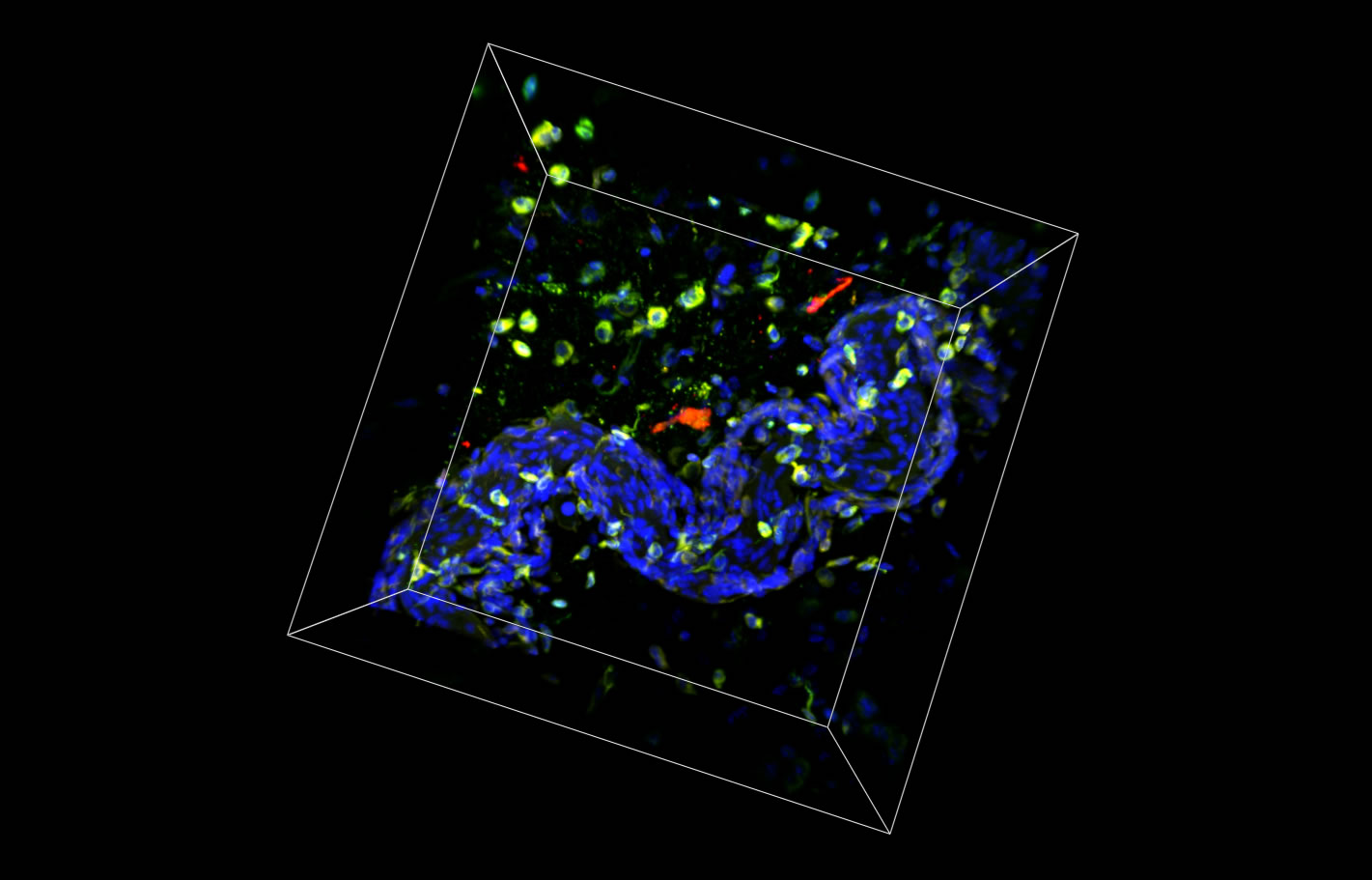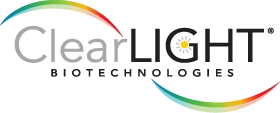Home » News » Antibody Feasibility for CLARITY: What does it mean?
Antibody Feasibility for CLARITY: What does it mean?
Posted on Mar 11, 2022

Antibody Feasibility for CLARITY: What does it mean?
CLARITY is still a new technology and antibody feasibility isn't a given. We continue to push the envelope by applying CLARITY beyond the brain to new tissue types and testing new antibodies for 3D IHC. With these innovations we help serve a growing roster of research scientists to answer fundamental questions in multiple biological disciplines.
We have a long list of antibodies we have already worked with and have already optimized. If you are using a common antibody, there is a good chance that it’s already on our Optimized Antibody list. However since there are so many different biomarkers of interest, and some researchers work with custom or proprietary antibodies, establishing antibody feasibility is an important first step in most situations.
Why is establishing antibody feasibility so important?
In order to ensure the high quality of staining and deep tissue penetration ClearLight is known for, we need to first establish how an antibody interacts with CLARITY processed tissue. After all CLARITY is another application like Flow cytometry, IHC-P, and Western Blot or ELISA.
Is your antibody compatible with CLARITY?
In order to get the desired results, we need the antibody stain to
- Penetrate the tissue depth uniformly and
- Bind to only the markers the stain is designed to highlight
Meticulous testing and verification is recommended before applying CLARITY and 3D IHC in a novel situation.
Many antibodies we have worked with are compatible with CLARITY cleared tissue, but not all. Because of the chemistry of the CLARITY process, some antibody stains simply don’t react to the tissue in the desired way. In cases where an antibody is not compatible with CLARITY, we are usually able to source a new antibody option that will work.
Not all antibodies are created equal
When we work with a new antibody we need to be sure of where it came from. Multiple vendors may make the same antibody, but performance of the antibodies in actual practice varies. The same antibody from one vendor may work with CLARITY, but that same antibody from another vendor won’t work. The source and quality of antibodies matters when it comes to CLARITY and 3D IHC.
What is the optimal concentration for an antibody to be feasible for CLARITY?
Getting deep tissue antibody penetration is vital to ClearLight’s 3D IHC process. Antibody concentration has a big impact on how deep the stain penetrates and how specific the binding is in the sample. Antibody penetration and binding are critical factors for getting high quality, scientifically meaningful images.
Different antibodies require dilution to varying concentration levels based on expression levels in order to perform optimally. When we work with a new antibody we need to assess multiple dilutions to find the best concentration for a given application. This is an important part of our Antibody Optimization process.
We recommend a positive control for any new markers that are not on our optimized list. That removes the question of what is the expected expression level.
See what 3D IHC can do for your research.
Start a Project
Reach out to our Lab Services team to discuss your research project. We'll take it from there. We look forward to hearing from you.




